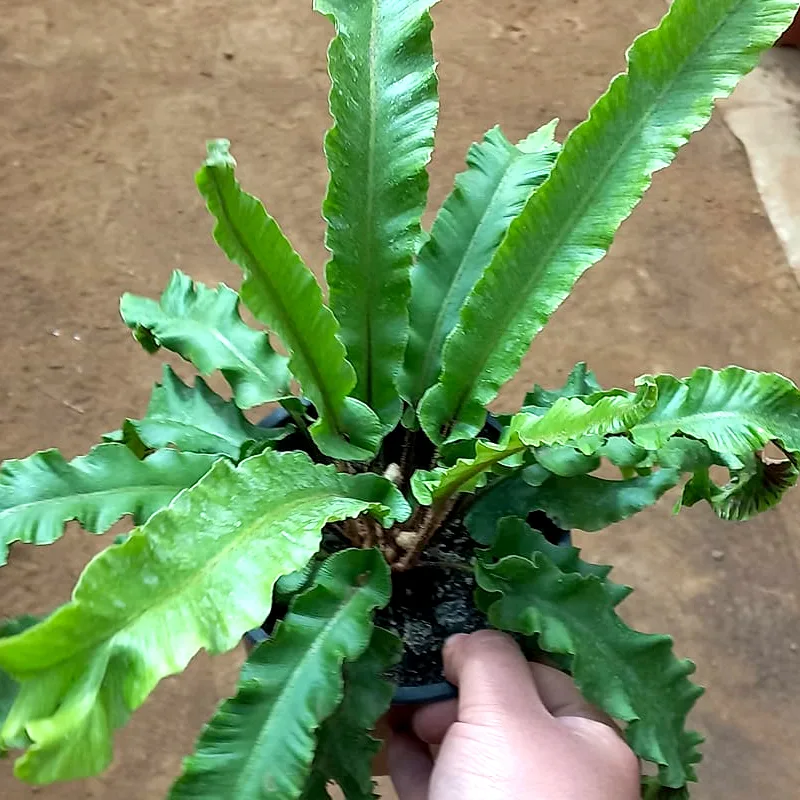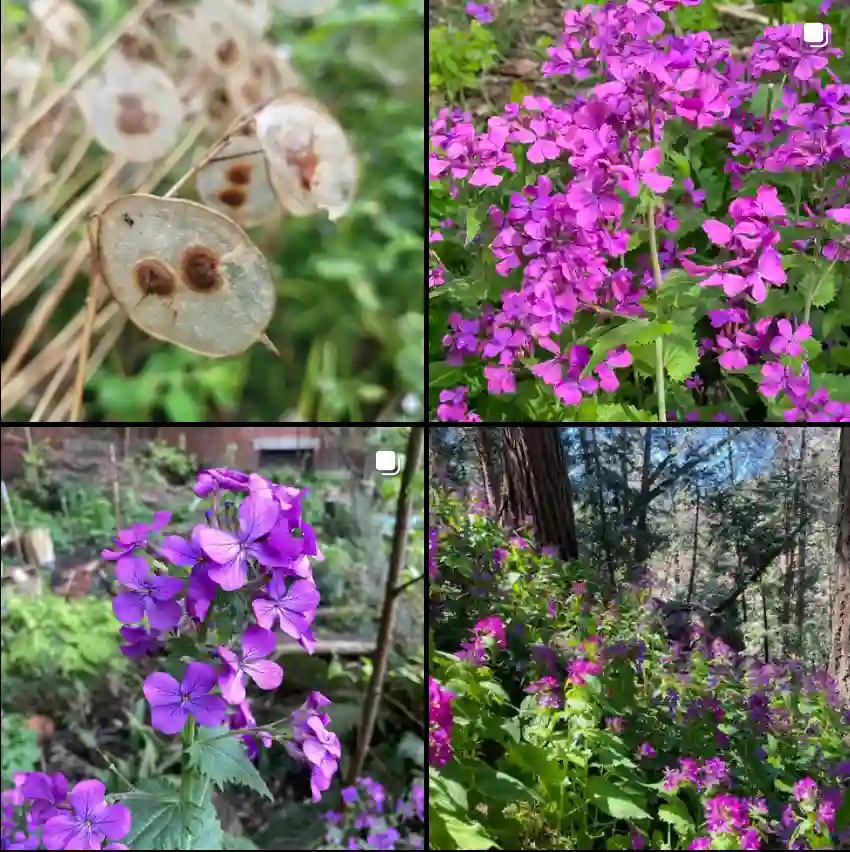
FAQs About Muehlenbeckia Complexa: Everything You Need to Know
When I first encountered Muehlenbeckia Complexa, also known as Wire Plant or Maidenhair Vine, I was struck by its versatility and beauty. This unique plant has become a favorite in many gardens and homes. Here, I’ll share everything you need to know about this fascinating plant, from how to start it to common problems and benefits.
25 Species in Genus Muehlenbeckia
How to Start Muehlenbeckia Complexa?
Starting Muehlenbeckia Complexa is relatively straightforward, which is great news for both seasoned gardeners and beginners. I began by purchasing seeds from a reliable supplier. Muehlenbeckia Complexa seeds need a bit of warmth to germinate, so I used a seed-starting tray with a heat mat underneath. Ensure the soil is well-draining and keep it consistently moist but not soggy.
Once the seeds sprout, which usually takes a couple of weeks, I transferred the seedlings to individual pots. As they grow, they’ll need plenty of light, so placing them in a sunny spot or under grow lights is ideal. This initial phase is crucial for developing a healthy plant.
What is Muehlenbeckia Complexa?
Muehlenbeckia Complexa is a fast-growing, evergreen perennial with a delicate, wiry appearance. It features small, round leaves and thin, twisting stems that create a lush, cascading effect. Often used as a ground cover or trailing plant, it’s perfect for adding texture and greenery to various settings. It thrives in a range of conditions, making it quite adaptable.
How to Care for Muehlenbeckia Complexa?
Caring for Muehlenbeckia Complexa is relatively simple, and I’ve found it to be quite forgiving. Here are some tips that have worked well for me:
- Light: It prefers bright, indirect light but can tolerate lower light levels.
- Water: Keep the soil consistently moist but not waterlogged. It’s better to let the top inch of soil dry out between waterings.
- Temperature: It thrives in temperatures between 60-75°F (15-24°C). Protect it from frost if you’re growing it outdoors in cooler climates.
- Soil: Use well-draining soil. A mix of potting soil and sand works well.
- Pruning: Regular pruning helps maintain its shape and encourages bushier growth. I usually trim it back once a year to keep it looking its best.
How to Propagate Muehlenbeckia Complexa?
Propagating Muehlenbeckia Complexa can be done through cuttings. I’ve had success taking cuttings from healthy, mature plants. Here’s how:
- Select a Healthy Cutting: Choose a stem that’s at least 4-6 inches long with several leaves.
- Prepare the Cutting: Remove the lower leaves and dip the cut end in rooting hormone if desired.
- Plant: Place the cutting in a pot with a mix of peat and perlite. Keep the soil moist and cover the pot with a plastic bag to maintain humidity.
- Wait for Roots: After a few weeks, roots should develop. Once established, transplant the cutting into a larger pot or garden bed.
What to Plant with Muehlenbeckia Complexa?
Muehlenbeckia Complexa pairs beautifully with other plants due to its trailing nature and delicate foliage. I’ve had great results combining it with:
- Shade-Tolerant Plants: Hostas or ferns complement its texture and thrive in similar conditions.
- Vining Plants: Clematis or morning glories add vertical interest and contrast with its fine leaves.
- Ground Covers: It works well with other ground covers like creeping thyme or sedum.
Can You Grow Muehlenbeckia Complexa Indoors?
Yes, you can grow Muehlenbeckia Complexa indoors, and it can make a charming addition to your home. I’ve found it thrives in bright, indirect light. Ensure the indoor environment is warm and maintains proper humidity. Regular misting or a humidity tray can help mimic its natural habitat.
Is Muehlenbeckia Complexa Toxic?
Muehlenbeckia Complexa is non-toxic to humans and pets. This makes it a safe choice for homes with children or animals. However, as with any plant, it’s always a good idea to monitor pets and kids to ensure they don’t munch on the leaves.
Benefits of Muehlenbeckia Complexa
One of the standout benefits of Muehlenbeckia Complexa is its adaptability. It’s low-maintenance and can thrive in a variety of conditions, making it suitable for both indoor and outdoor spaces. Its cascading habit and fine foliage add a unique texture and visual interest to any setting. Additionally, its fast-growing nature means you’ll quickly enjoy a lush, green display.
Common Problems with Muehlenbeckia Complexa
Though it’s a hardy plant, Muehlenbeckia Complexa can face a few issues:
- Pests: Watch out for aphids or spider mites, which can occasionally infest the plant. Regular inspection and treatment with insecticidal soap can help manage these pests.
- Overwatering: This plant is sensitive to waterlogged soil. Ensure proper drainage and avoid overwatering to prevent root rot.
Comparing Muehlenbeckia Complexa with Similar Plants
Muehlenbeckia Complexa is often compared to other trailing plants like Creeping Jenny or English Ivy. Unlike Creeping Jenny, which has vibrant yellow-green leaves, Muehlenbeckia Complexa has smaller, round leaves and a finer texture. Compared to English Ivy, Muehlenbeckia Complexa is less aggressive and easier to manage in terms of growth.
In conclusion, Muehlenbeckia Complexa is a versatile, low-maintenance plant that can enhance any garden or indoor space. Whether you’re starting from seed or taking cuttings, it’s a plant that offers both beauty and adaptability. Its easy care and unique appearance make it a great choice for anyone looking to add a touch of greenery to their environment.
If i die, water my plants!



